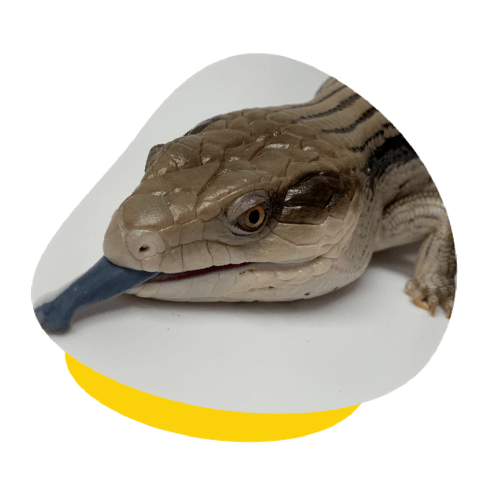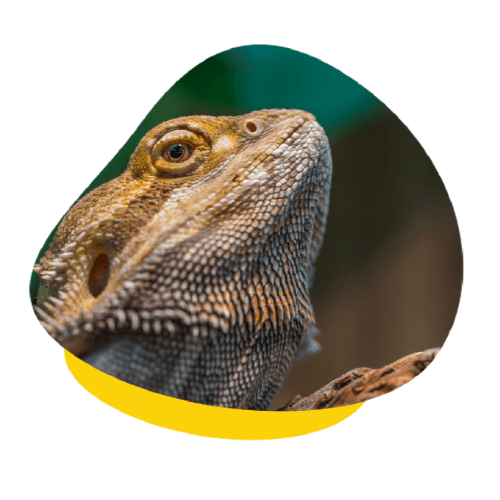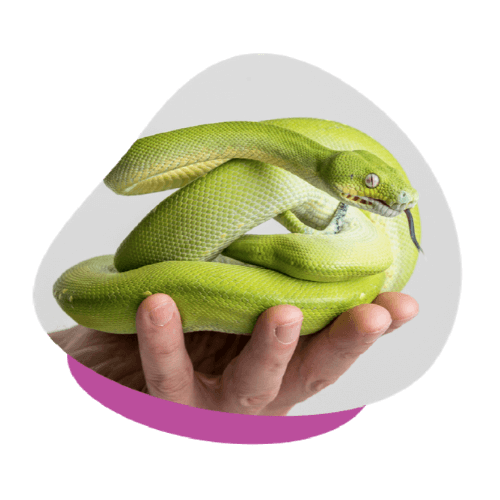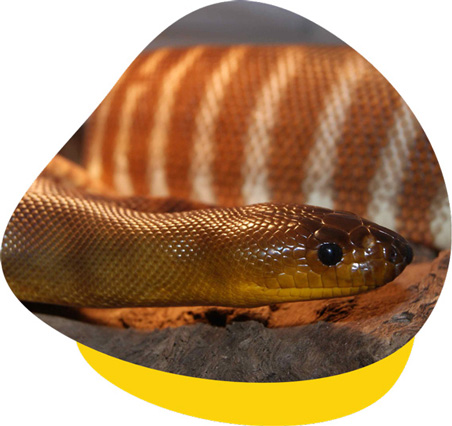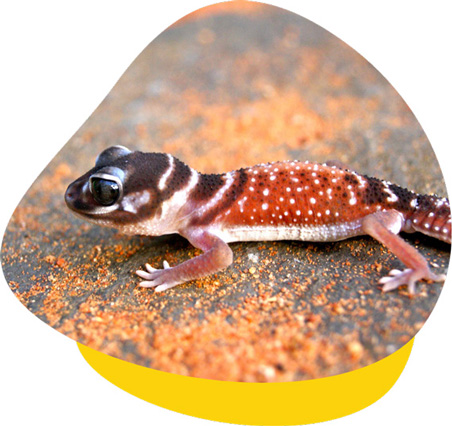This is a question we are often asked and the answer for this can vary depending on the reason for quarantine. Some infectious diseases can go for long periods of time without showing clinical signs. For some conditions, such as mites, a quarantine period of 90 days will be sufficient to allow the keeper to observe for signs of infestation before introducing the reptile into the general population.
Unfortunately, there are some viruses that can take years to cause visible illness. For example, there are cases of Sunshine virus and Bornavirus in snakes and cases of agamid adenovirus in some lizards, where individuals have been testing positive for years without showing any signs of disease. This means that they can be spreading disease for prolonged periods without showing any effects. Therefore, it may be beneficial to have testing performed on certain individuals prior to them leaving a quarantine situation.
With this in mind, strict quarantine procedure should be adhered to for all individuals entering a collection, and consideration as to how this will be achieved should be made prior to acquiring any new animals. It is important for you the reptile keepers to stay up to date on the current recommended quarantine periods and discuss the infectious diseases that pose a threat to your animals with your reptile veterinarian.
To learn more about the importance of quarantining your reptile, get in touch!
Article written by Dr Joshua Llinas.
